Protect Birds & Their Habitats
Birding
Protect Birds & Their Habitats
Birding
Community science is a form of research where members of the public contribute to the scientific process, often by collecting data that can be used to address important questions about wildlife species and the environments they inhabit. Community science projects provide a wealth of data, across large geographic areas, that can help inform critical conservation efforts. At the same time, these projects provide unique opportunities for community members to spend time outside and learn more about the world around them.
There are many opportunities to get involved with community science projects that are coordinated or supported by Tucson Audubon:
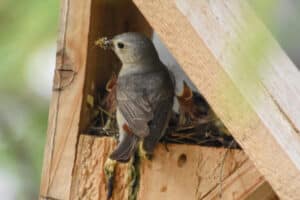

Desert Nestbox Program
Many populations of cavity-nesting birds in southeastern Arizona are limited by the availability of adequate nesting cavities. Volunteers in the nestbox monitoring program can contribute to ongoing conservation efforts by monitoring the use of artificial nestboxes by Eastern “Azure” bluebirds, American Kestrels, Lucy’s Warblers, and other species.

Dozens of locations throughout Arizona have been identified as important areas for birds of greatest conservation concern. Volunteers help monitor bird populations in these areas, providing information that can be used to protect critical habitats that birds depend on.
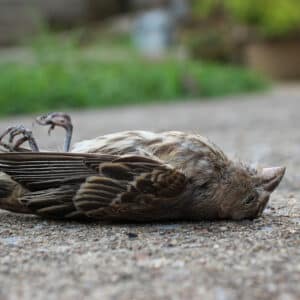

Window strikes, in residential and urban areas, are a significant source of mortality for birds in North America. Volunteers can help document the extent and severity of the problem in Tucson by participating in seasonal surveys or by reporting observations of window strikes in their neighborhood.
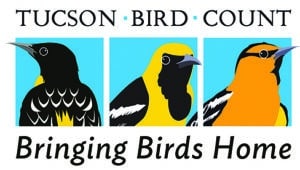

This has become the world’s longest running and largest urban bird count since its inception in 2001 with volunteers conducting surveys in and around Tucson to understand how birds use urban environments and assess how bird communities in the region have changed over time.
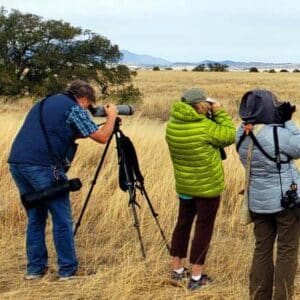

Organized by the National Audubon Society, Christmas Bird Counts have been conducted at locations across North America since 1900. Each location is surveyed one day between December 14 and January 5 by multiple volunteers that count all birds observed within a 15-mile diameter circle. All counts need volunteer help, pick one and sign up this year!
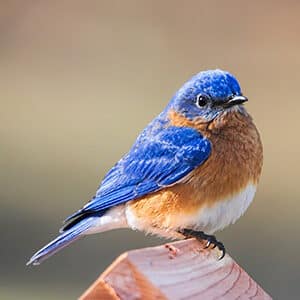

Climate change poses a significant threat to birds throughout North America. Climate Watch volunteers collect data on target bird species (bluebirds, nuthatches, goldfinches, and towhees) to better understand how they will respond to future changes in climate.
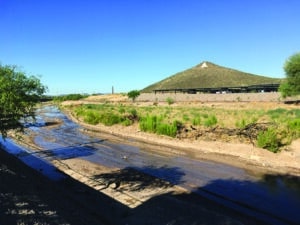

In June 2019, Tucson Water began releasing reclaimed water in the Santa Cruz river channel near downtown Tucson as part of the Santa Cruz River Heritage Project. Since this time, volunteers have been conducting monthly surveys to document changes in the bird community along this stretch of the river.
Collaborative research benefits everyone, especially the birds, when connections are made between researchers, conservationists, recreationists. Tucson Audubon actively works with researchers on critical species conservation issues at UA/NAU/UManitoba/AZGFD/USFWS/NPS on a wide variety of plant, animal, and bird conservation issues. See the full list.
Beyond the programs above, there are also opportunities to contribute your data to larger online databases (e.g., eBird, iNaturalist, NestWatch) that are used by researchers to address ecological questions at local, regional, and global scales.
Lucy’s warbler by Hemant Kishan